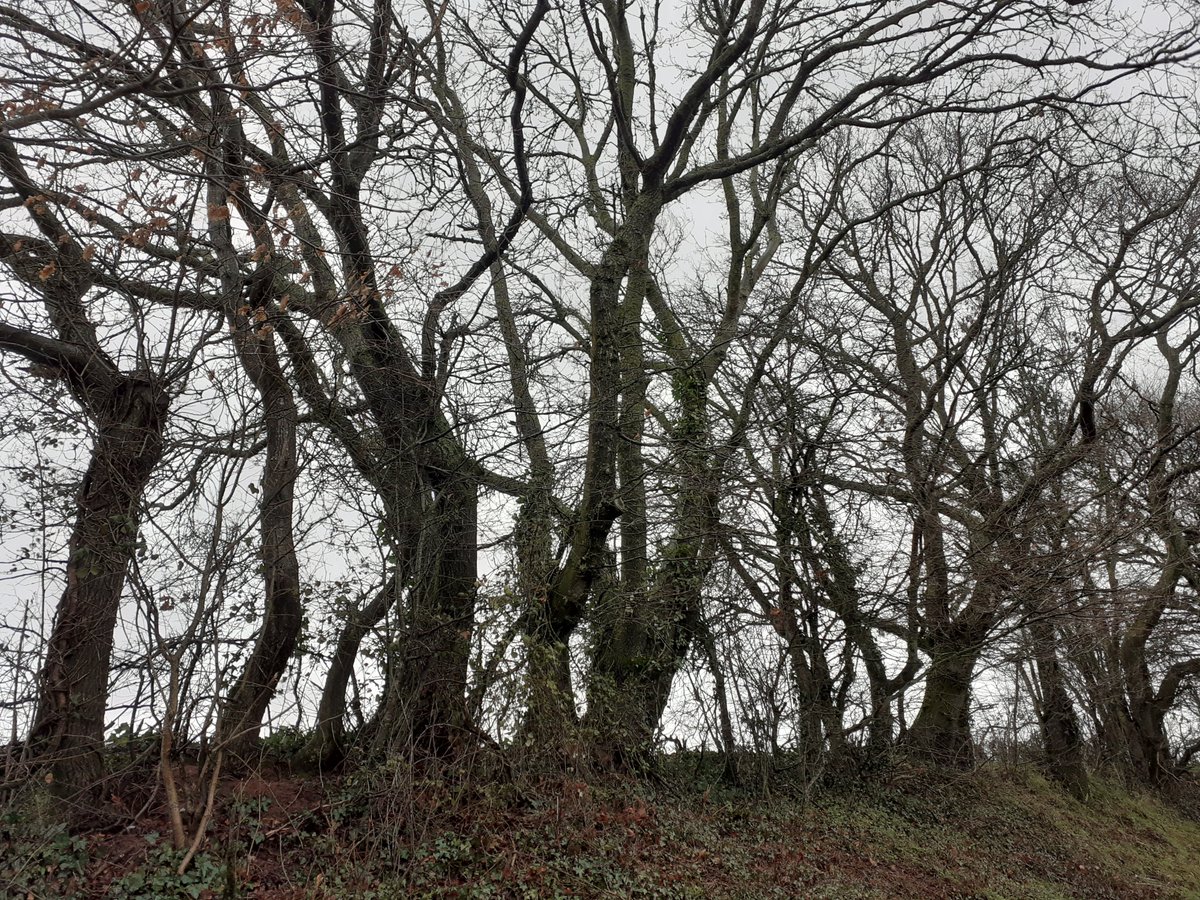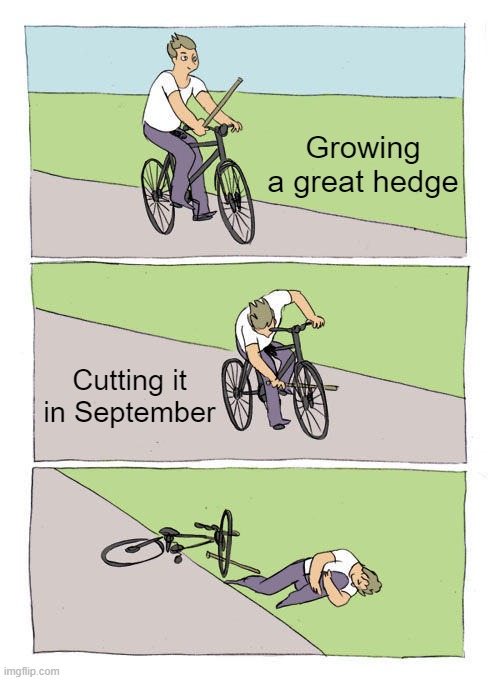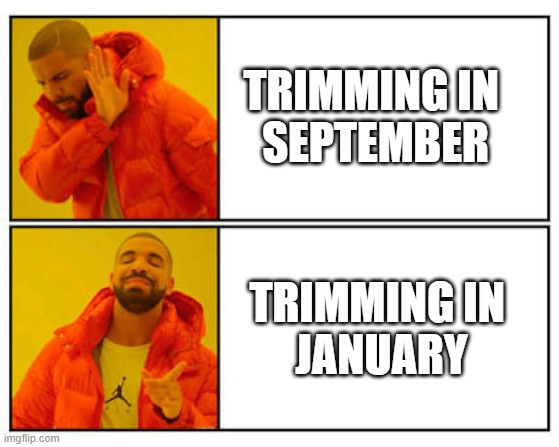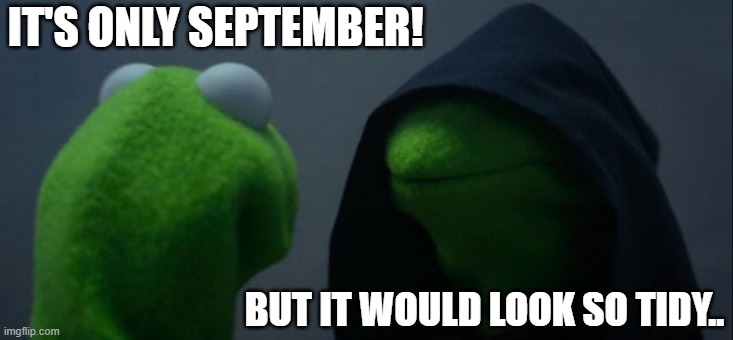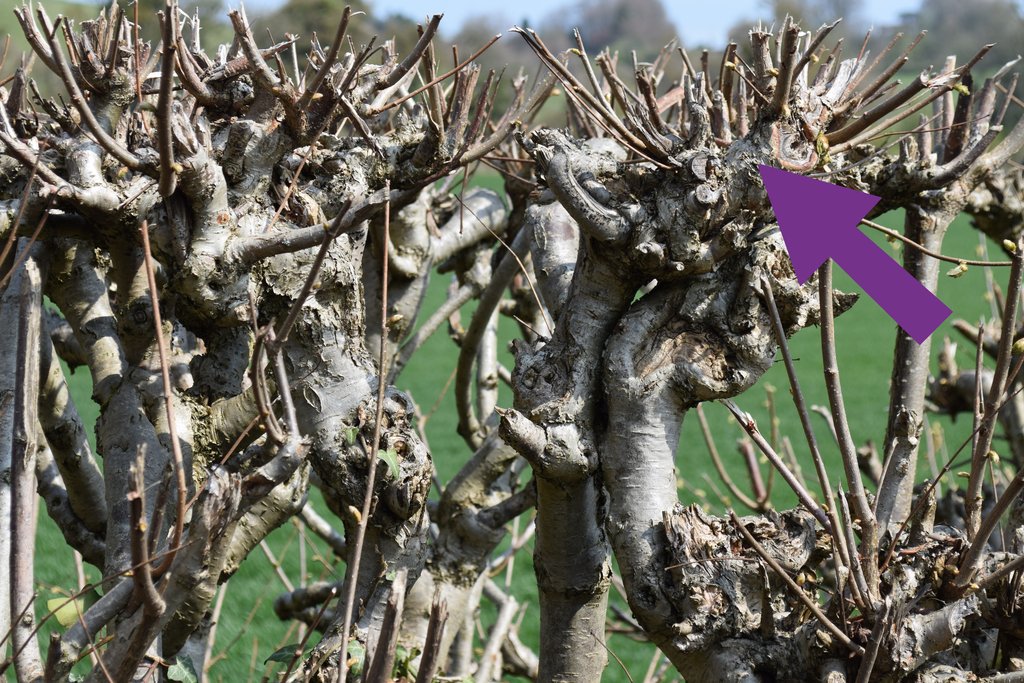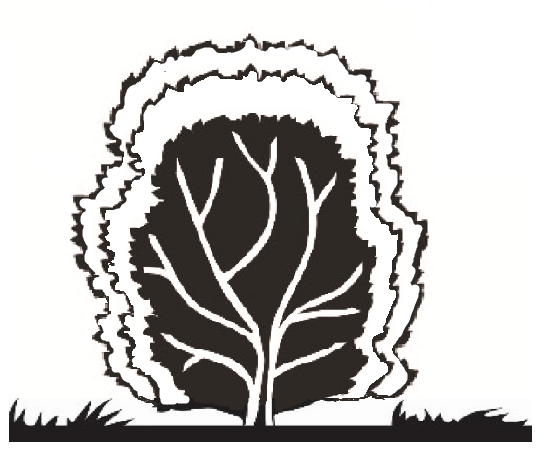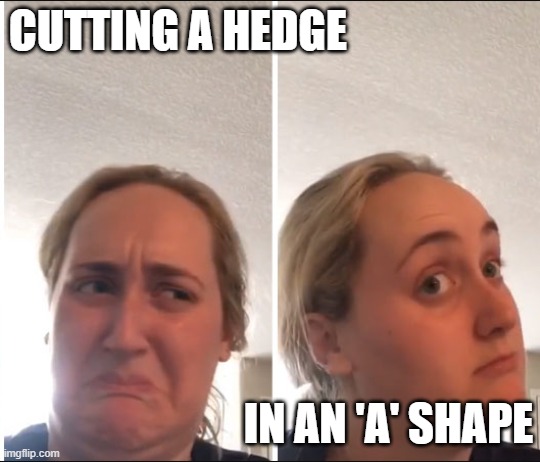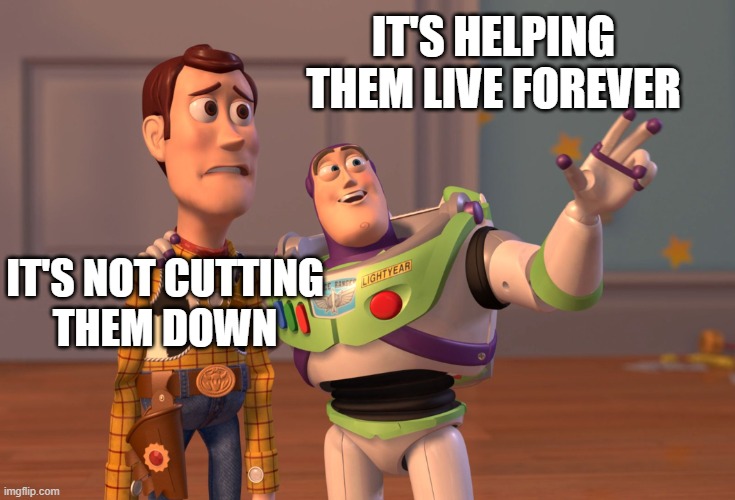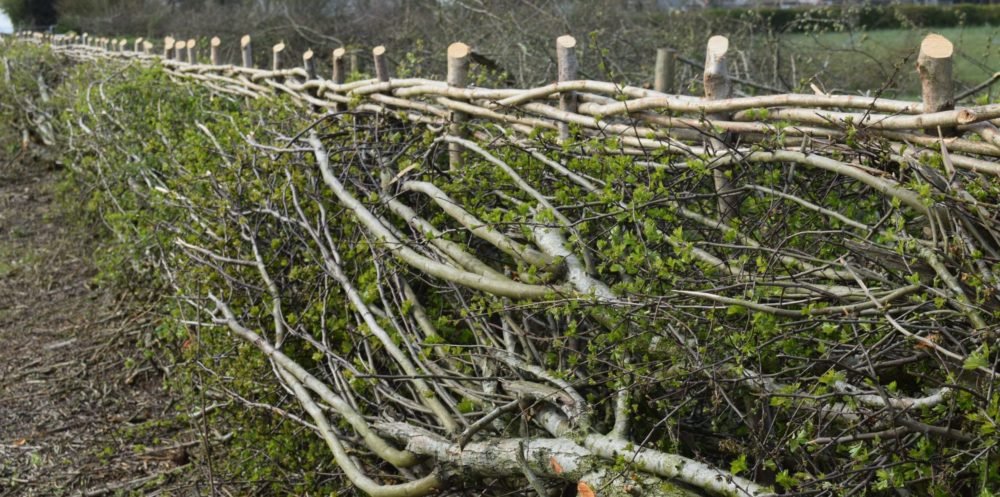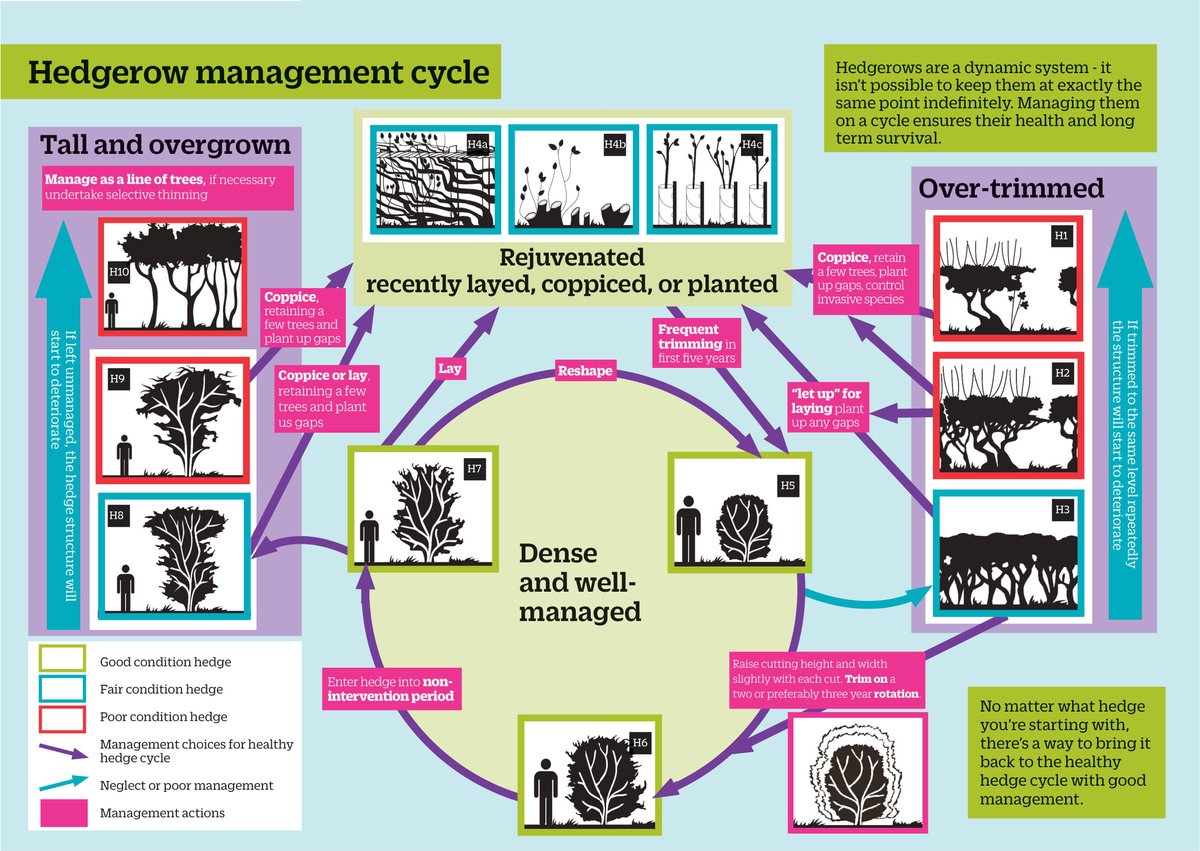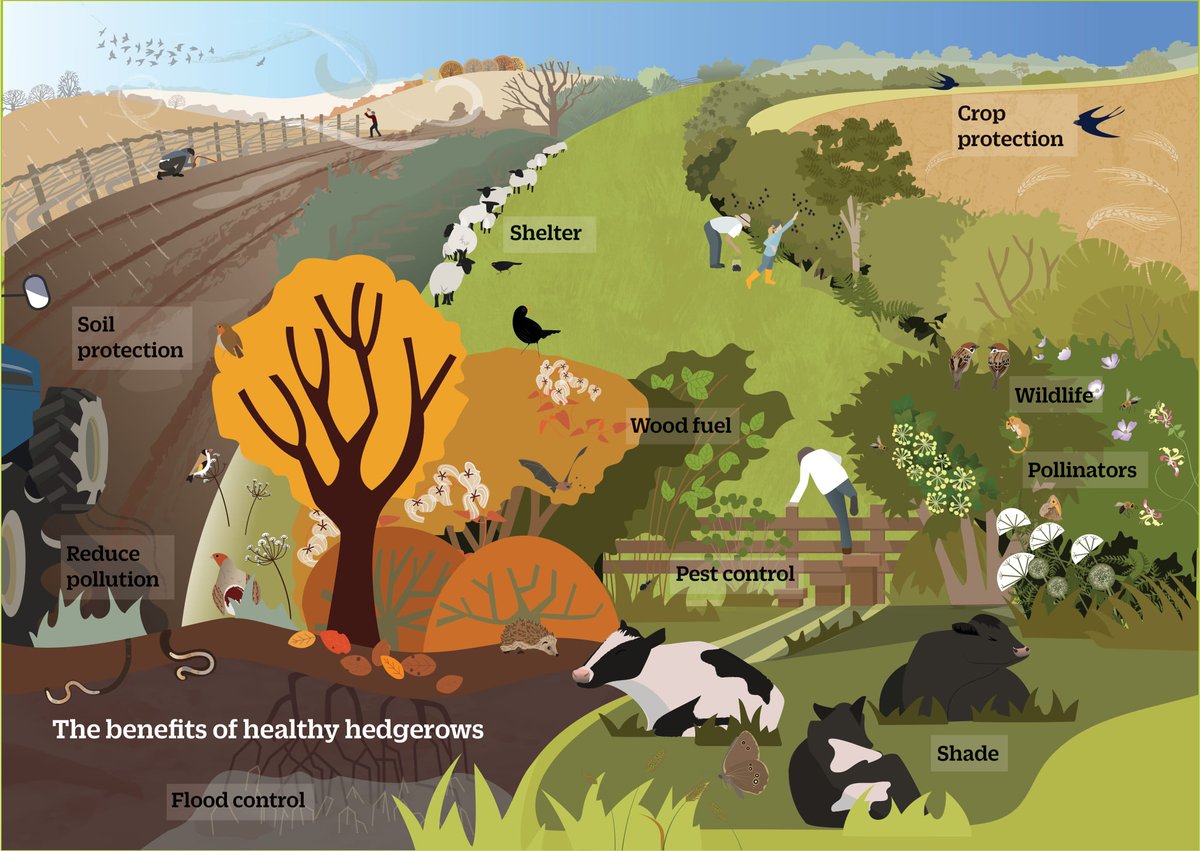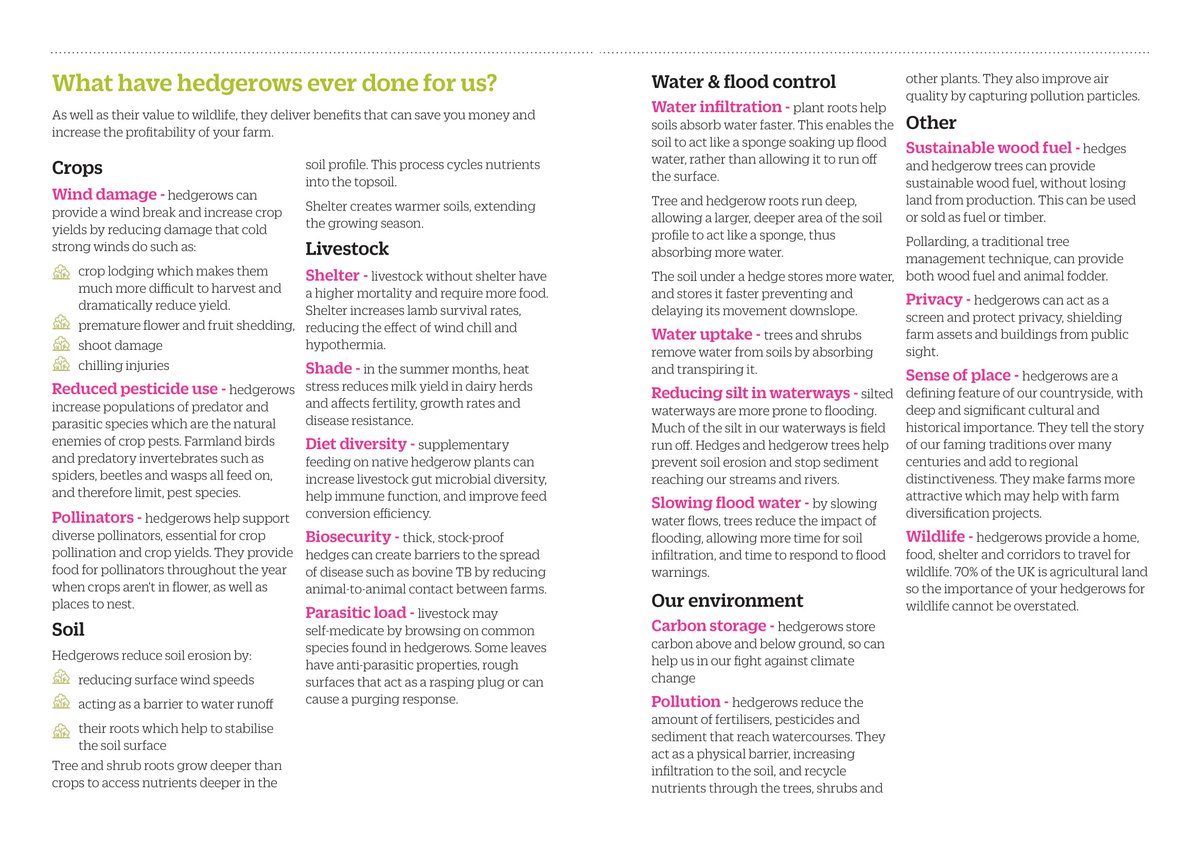Hedge cutting: some balance https://abs.twimg.com/emoji/v2/... draggable="false" alt="🧵" title="Thread" aria-label="Emoji: Thread">
https://abs.twimg.com/emoji/v2/... draggable="false" alt="🧵" title="Thread" aria-label="Emoji: Thread">
I see a lot of outrage over hedge cutting. And this gives me so much hope, as it shows a level of emotional investment in these wonderful habitats
Often, this frustration is justified, but sometimes its a little misplaced. Let& #39;s have a closer look..
I see a lot of outrage over hedge cutting. And this gives me so much hope, as it shows a level of emotional investment in these wonderful habitats
Often, this frustration is justified, but sometimes its a little misplaced. Let& #39;s have a closer look..
I often hear that it is much more natural not to cut hedges at all. That cutting is not natural
But this ignores the fact that hedgerows aren& #39;t actually a "natural" habitat. They are a man-made habitat that do actually depend on some form of management to survive long term. Why?
But this ignores the fact that hedgerows aren& #39;t actually a "natural" habitat. They are a man-made habitat that do actually depend on some form of management to survive long term. Why?
Hedges that aren& #39;t cut at all race upwards, becoming trees. They lose the thick dense structure at the base (so valuable for wildlife) and eventually many will topple as they are spaced too close to all be full trees. This line of trees thins as more fall. It is eventually lost.
The last countryside survey (2007) saw 9% increase in hedge losses to tree lines over the decade.
Trees are great, I love trees, but a line of trees isn& #39;t a hedge. It isn& #39;t as species rich, as taller tree sp outcompete the smaller, & lines of trees aren& #39;t so permanent as hedges.
Trees are great, I love trees, but a line of trees isn& #39;t a hedge. It isn& #39;t as species rich, as taller tree sp outcompete the smaller, & lines of trees aren& #39;t so permanent as hedges.
Ok, so we& #39;ve gathered that hedges need to be cut. But the devil is in the detail. HOW, & how OFTEN they are cut makes all the difference.
When young, or recently rejuvenated cutting frequently is a good thing! It changes the balance of hormones, helping create a dense structure
When young, or recently rejuvenated cutting frequently is a good thing! It changes the balance of hormones, helping create a dense structure
But when they& #39;re established?
Well, most blossom and berries only grow on 2nd year wood. So hedges should absolutely NOT be cut every year.
These photos were taken 5mins apart. One hawthorn hedge in a non intervention stage, one cut every year. I know which one supports more.
Well, most blossom and berries only grow on 2nd year wood. So hedges should absolutely NOT be cut every year.
These photos were taken 5mins apart. One hawthorn hedge in a non intervention stage, one cut every year. I know which one supports more.
But the longer we leave them in their rotational cutting, the more drastic it looks when we finally cut them. Cutters have to go through thicker stems, more get splintered &its these that get shared on social media with the "ecocide" tag.
But we *want* longer cutting rotations!
But we *want* longer cutting rotations!
Next up - WHEN? Many hedges are cut as soon as is allowed, in September. But this cuts off all the berries that could otherwise see our birds through the winter.
Its best to cut late winter, where possible. But sometimes this isn& #39;t possible because of wet soil/compaction issues.
Its best to cut late winter, where possible. But sometimes this isn& #39;t possible because of wet soil/compaction issues.
And of course as much as we hear complaints when hedges are cut, farmers also get complained at when they& #39;re not! Trimming in September has become sort of traditional in some areas- tidying up all the summer growth before it gets too woody.
Ok, now to HOW.
Firstly, if we trim to the same height each year, over time this damages the hedge structure. A scar knuckle forms at the trim line, the base growth thins, stems are lost, gaps form.
Hedges are a dynamic living system so should be managed as such.
Firstly, if we trim to the same height each year, over time this damages the hedge structure. A scar knuckle forms at the trim line, the base growth thins, stems are lost, gaps form.
Hedges are a dynamic living system so should be managed as such.
Over time, these hedges, trimmed to the same height, get gappy. Remaining hedge stems stretch to accommodate the gaps, but eventually they too will go without a change in management. How do we avoid this?
Well, cutting slightly higher and wider every time you cut is a great start. it may be just 10cm each time but it will make a difference.
You will avoid structural damage, keep young wood so will always have flowers and fruit even on cutting years, &you get a thick dense hedge
You will avoid structural damage, keep young wood so will always have flowers and fruit even on cutting years, &you get a thick dense hedge
But won& #39;t it get unmanageably big? If you cut every 3 years, and 10cm higher each time, it will take 30 years before your hedge has grown 1m taller. So it isn& #39;t desperate.
At the end of this you can either leave it with no cutting at all for a while, or rehape/rejuvenate it
At the end of this you can either leave it with no cutting at all for a while, or rehape/rejuvenate it
I& #39;ll add to this, that it looks like cutting a hedge in an & #39;A& #39; shape helps. It keeps the base vegetation thicker which is crucial for birds and small mammals.
& no matter how well you manage your hedge, it will always require rejuvenation at some point.
This could be laying or coppicing, &will thicken it up from the very base, add new stems, and start the whole process afresh.
laying/coppicing basically makes a hedge immortal.
This could be laying or coppicing, &will thicken it up from the very base, add new stems, and start the whole process afresh.
laying/coppicing basically makes a hedge immortal.
Frustrations at hedge cutting are sometimes justified, but not always. Look closely at a hedge to see whether you can see signs of over-trimming, signs that it may be in a long rotation.
Learn to *read* a hedgerow here:
https://hedgerowsurvey.ptes.org/reading-hedgerows">https://hedgerowsurvey.ptes.org/reading-h...
Learn to *read* a hedgerow here:
https://hedgerowsurvey.ptes.org/reading-hedgerows">https://hedgerowsurvey.ptes.org/reading-h...
The flail has made hedge cutting easier. This means they *can* get cut too often, &ignoring their lifecycle. But it can still be a useful tool if used sensitively. We no longer have the agricultural man-power to cut hedges by hand, lets face it.
When & how its used is key
When & how its used is key
So I hope this has been helpful! In summary:
Hedge cutting is not the enemy BUT it is best done less frequently, and later in the year than we often see.
Hedges can& #39;t have one kind of management all their lives or they will perish. They NEED to be managed on a lifecycle.
Hedge cutting is not the enemy BUT it is best done less frequently, and later in the year than we often see.
Hedges can& #39;t have one kind of management all their lives or they will perish. They NEED to be managed on a lifecycle.
& when we manage for healthy hedgerows - we are rewarded with a whole host of other benefits too! Even if you didn& #39;t give two hoots for wildlife, healthy hedges are in our own interest.
I am optimistic about the future of hedges. There is a lot of emotion attached to them, and we are waking up to their plethora of values.
They have seen some dark decades but I genuinely believe they are on the up again. Hooray!
They have seen some dark decades but I genuinely believe they are on the up again. Hooray!
The reason that hedges respond well to (sensible &rotational) cutting, &the reason why a man-made habitat is such a wildlife magnet are very interesting
A story relating ag to rewilding, effects of large herbivores &the ancestral state of this island. https://abs.twimg.com/emoji/v2/... draggable="false" alt="👀" title="Augen" aria-label="Emoji: Augen">
https://abs.twimg.com/emoji/v2/... draggable="false" alt="👀" title="Augen" aria-label="Emoji: Augen"> https://abs.twimg.com/emoji/v2/... draggable="false" alt="🧵" title="Thread" aria-label="Emoji: Thread">thread on this soon ;)
https://abs.twimg.com/emoji/v2/... draggable="false" alt="🧵" title="Thread" aria-label="Emoji: Thread">thread on this soon ;)
A story relating ag to rewilding, effects of large herbivores &the ancestral state of this island.

 Read on Twitter
Read on Twitter
